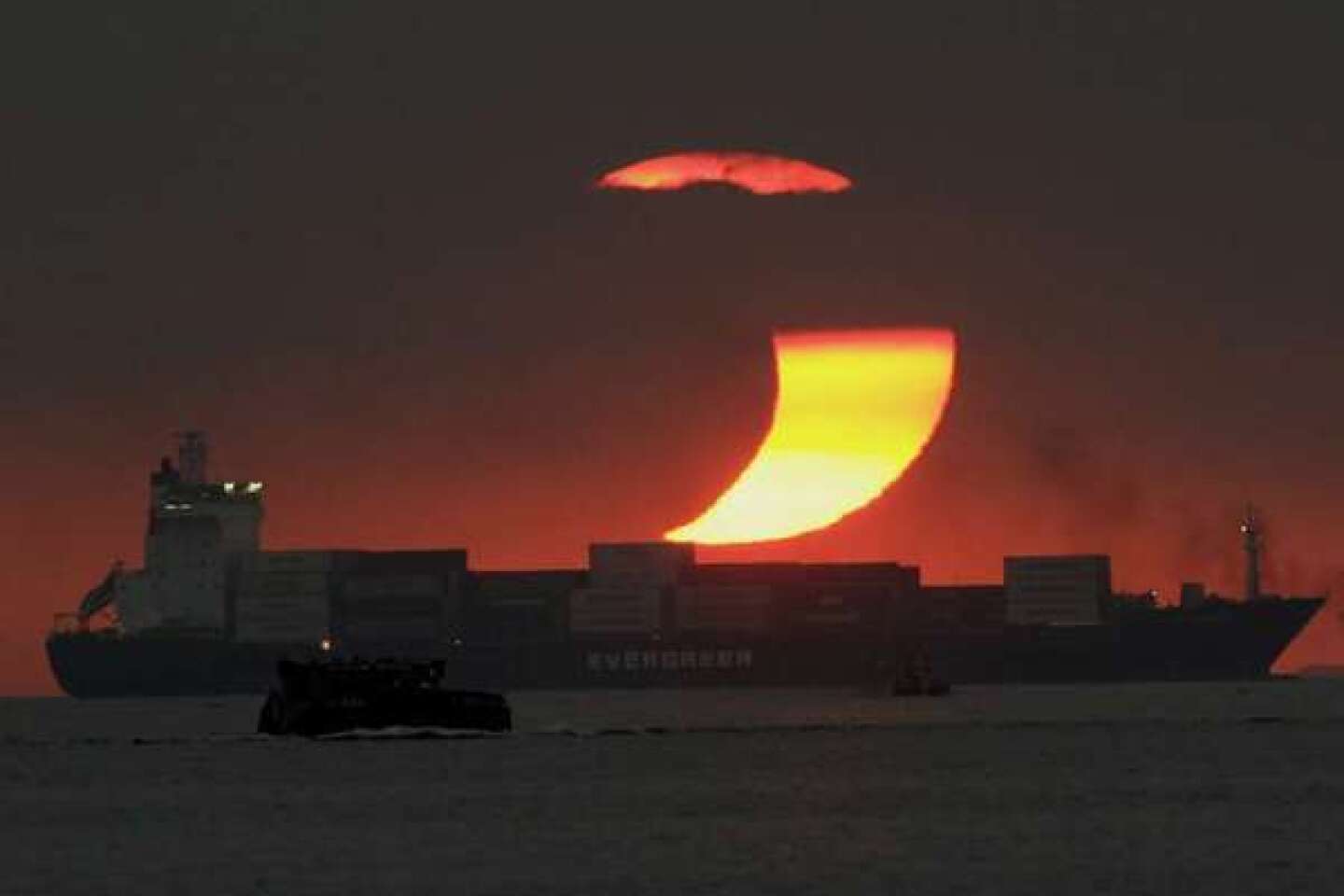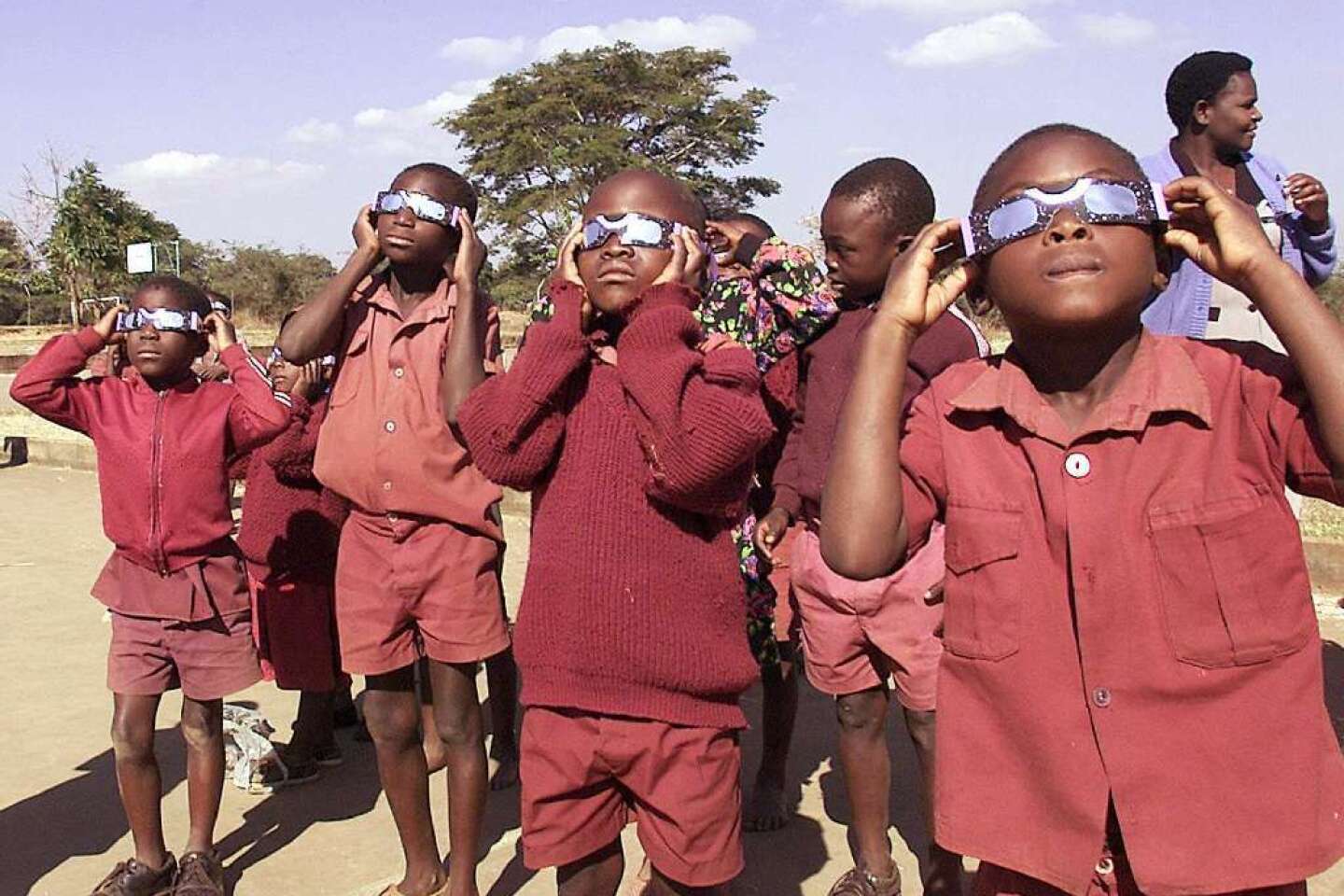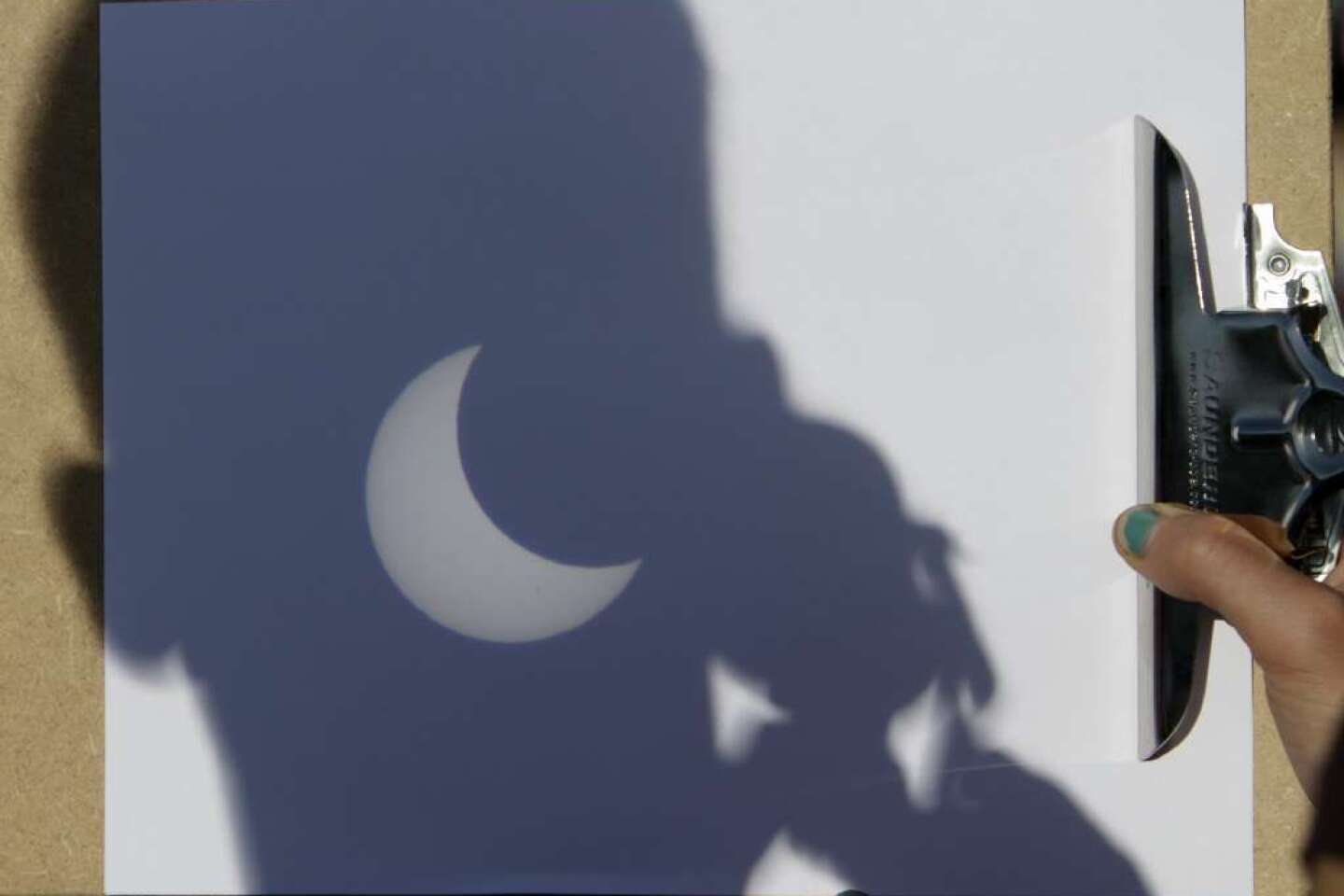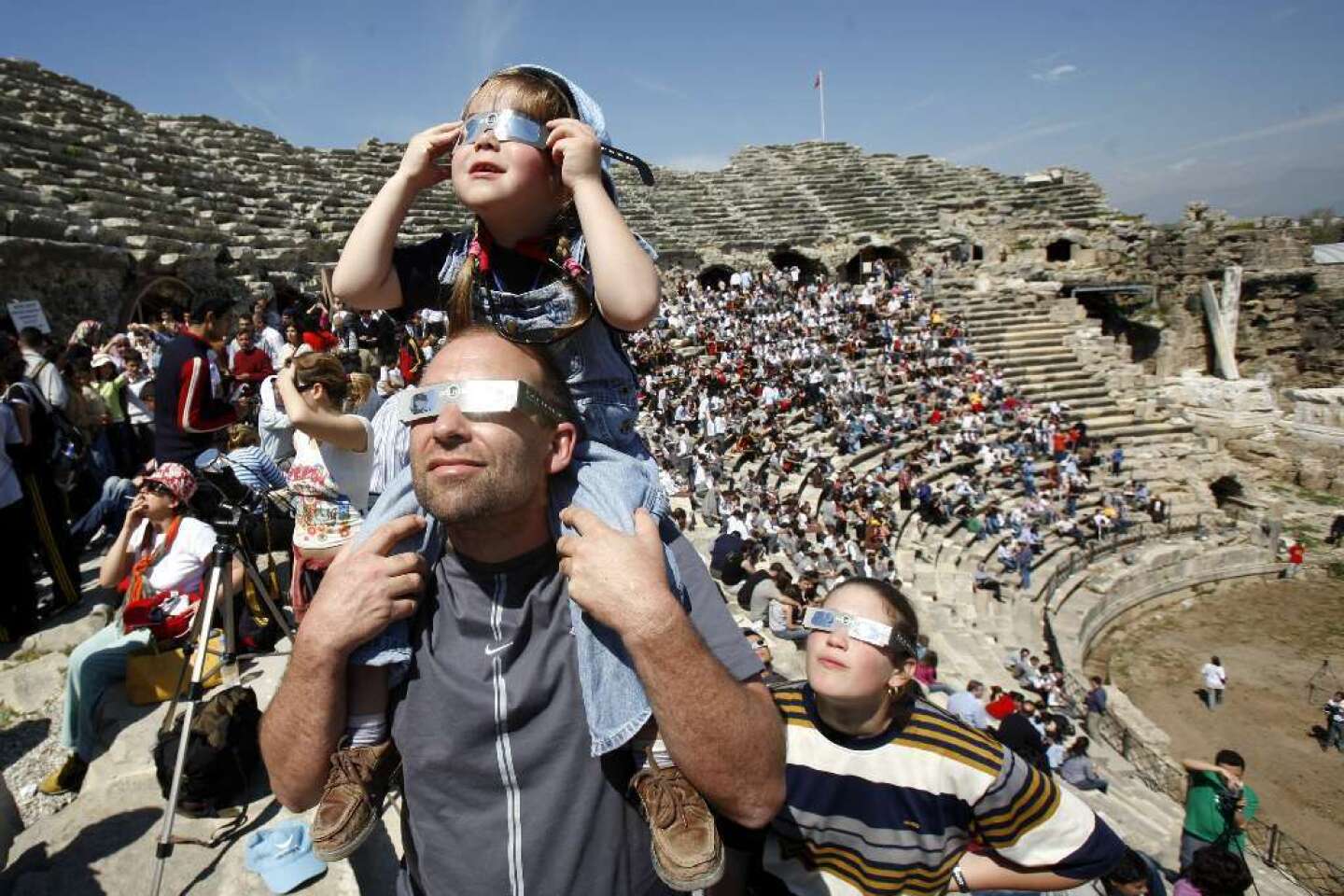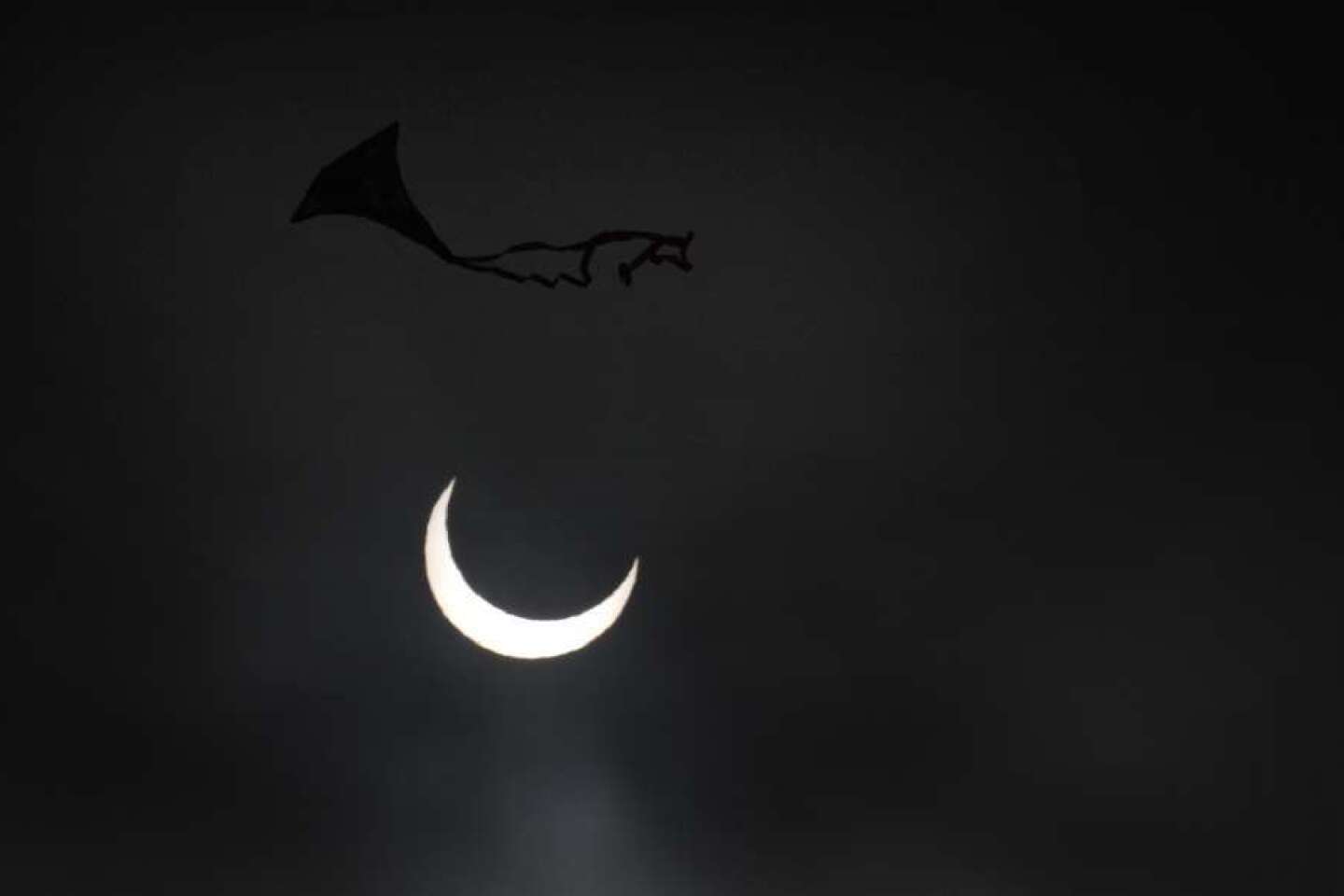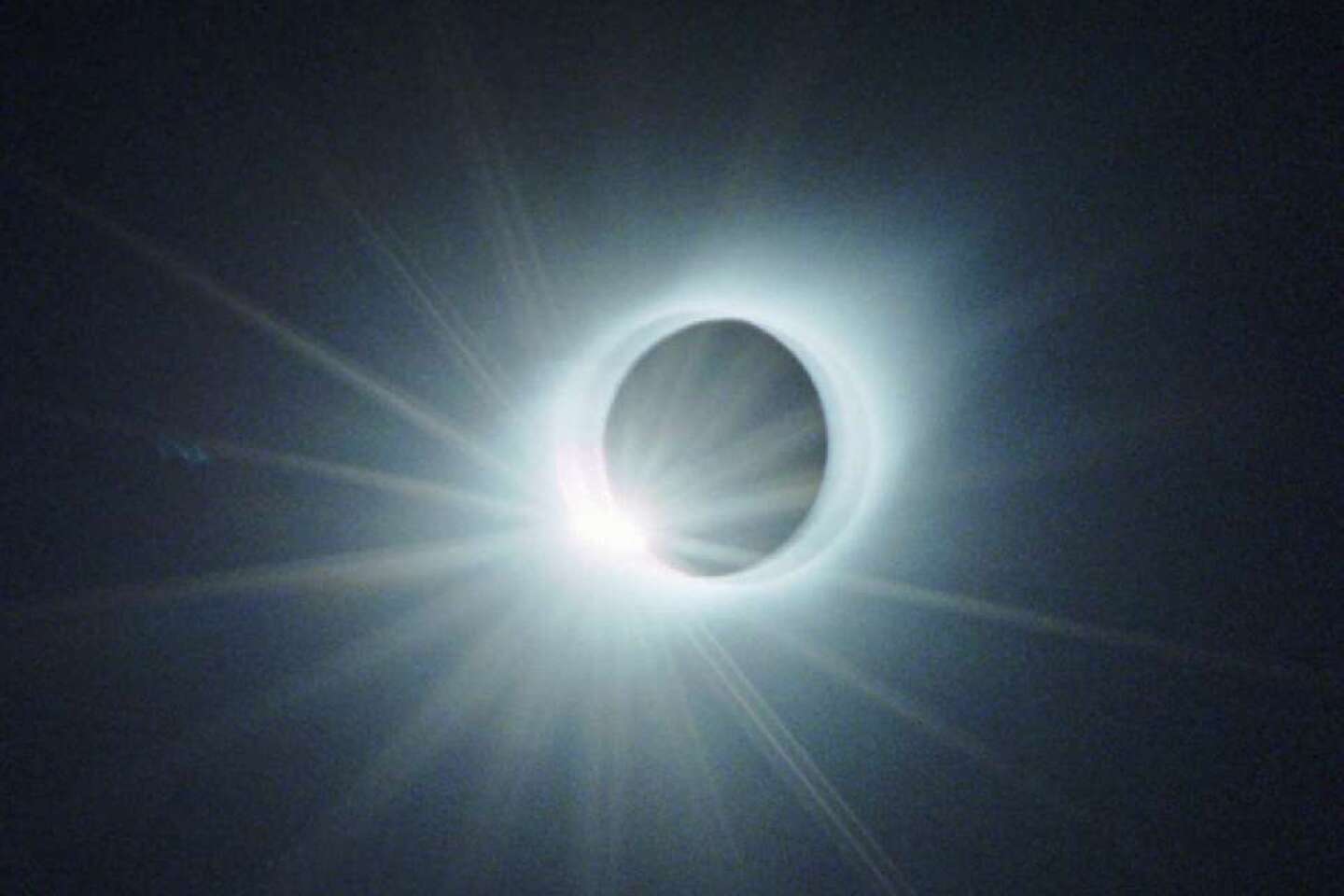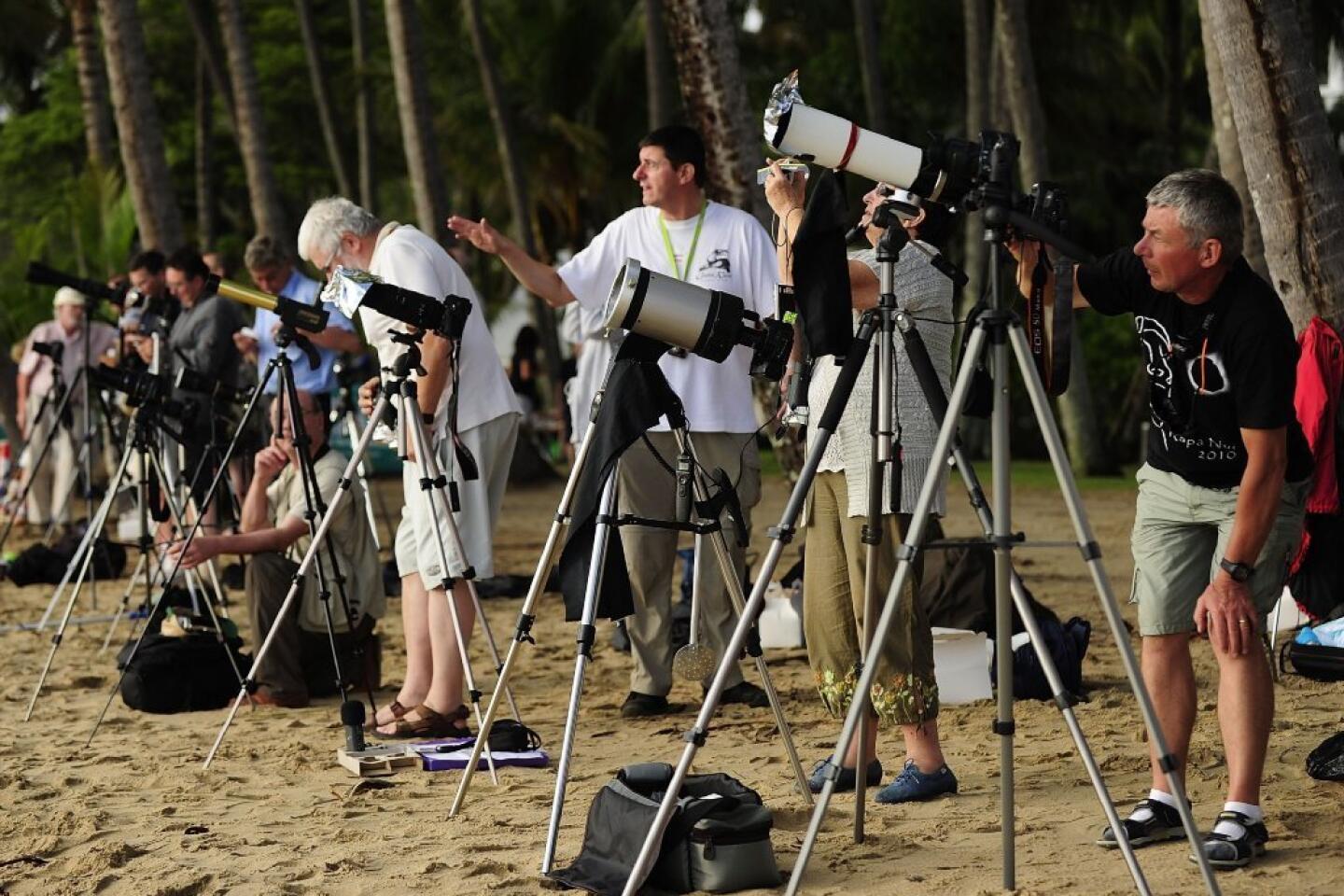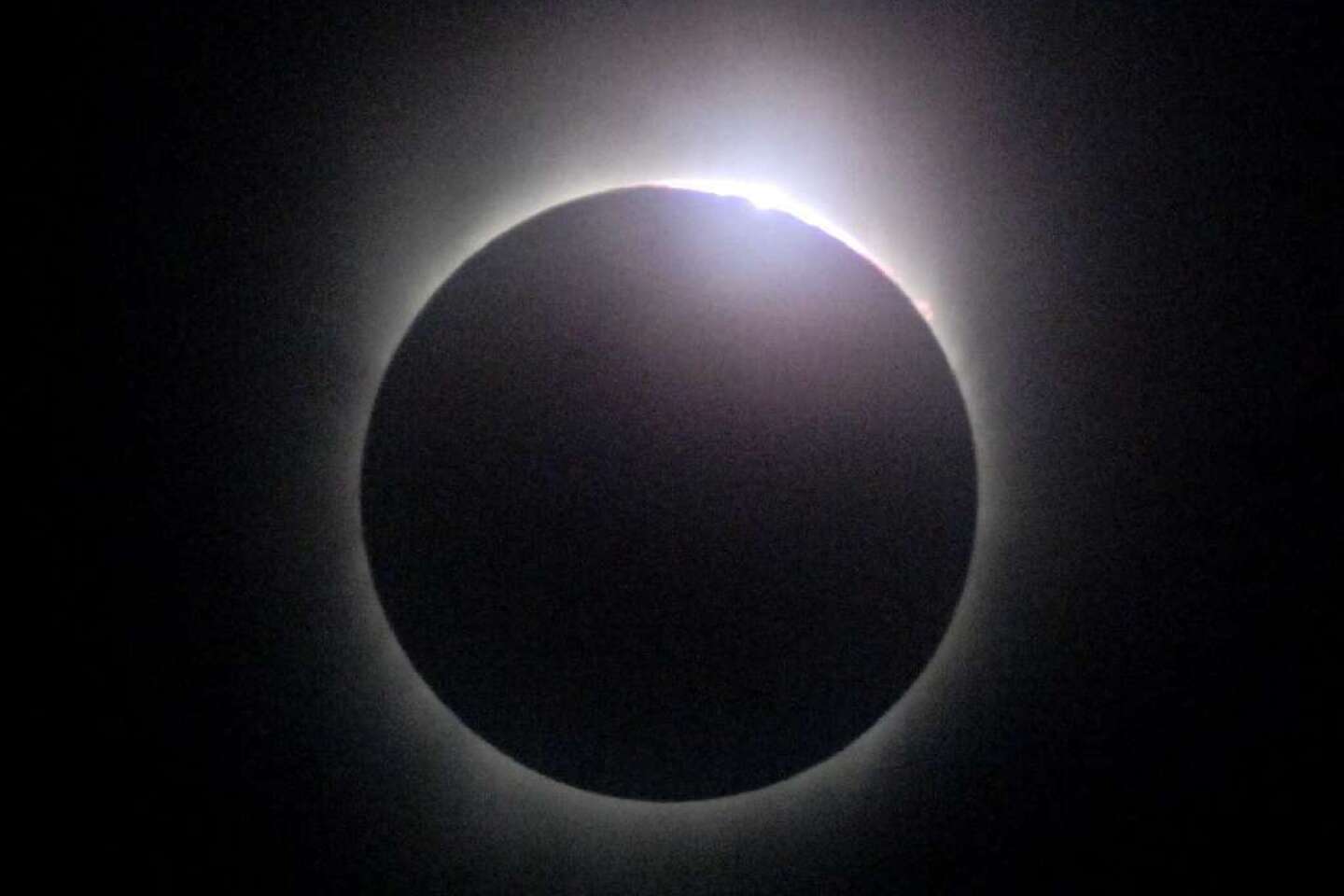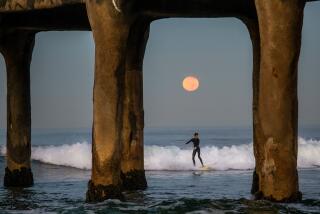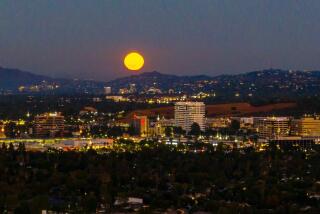Rare solar eclipse this Sunday: How to see it
- Share via
There’s a rare hybrid solar eclipse coming on Sunday, and no matter where you are in the world, you will be able to see it — thanks to the Internet.
If you live on the Eastern Seaboard of the United States, in parts of southern Europe or anywhere in Africa, then you can enjoy this eclipse firsthand with a little planning and the proper viewing glasses, of course.
If you live in Los Angeles or somewhere that is not any of the places mentioned above, then you will have to turn to your computer if you want to watch the eclipse live.
Luckily, Paul Cox, an astronomer at the online observatory Slooh.com, is shepherding a telescope and other equipment to a remote spot in Kenya, where he plans to live-stream the total eclipse to viewers across the world.
Those of us on the West Coast will have to get up early if we want to see the total eclipse as it happens. The Slooh broadcast begins at 3:45 a.m. PST Sunday. (We will have just set our clocks back as we moved from Daylight Saving Time to Standard Time). The broadcast, which also include feeds from telescopes in Gabon, Africa, and the Canary Islands, will end at 7:15 a.m. PST.
The Nov. 3 eclipse is known as a hybrid eclipse. When it first occurs, it will be in the annular form, which is also known as a ring eclipse. At this point, the moon is not quite big enough to fully cover the sun, so it leaves what’s known as a ring of fire around its periphery. But as the eclipse moves east, the curvature of the Earth makes the moon appear larger, and by the time the eclipse gets to central Africa, the moon will cover the sun entirely.
If you are on the East Coast of the U.S., you can catch a partial eclipse, in which the sun will appear to have a bite taken out of it, at 6:30 a.m. EST on Sunday. Get yourself to a place where you have a clear view of the eastern horizon, and make sure you have eclipse glasses or No. 13 or No. 14 welder’s glasses. But don’t be late. Your window of opportunity to see the partial eclipse is just 30 minutes.
If you want more information about what our East Coast friends will see Sunday morning, check out Sky and Telescope’s story about the eclipse. The site has also put together this handy graphic to help you understand when and where the eclipse will be visible.
[For the record, 9:27 p.m. Nov. 1: An earlier version of this post said clocks would be moved forward on Sunday morning to return to Standard Time from Daylight Saving Time. Clocks should be moved back an hour.]
Skywatchers, you are my people! Follow me on Twitter for more stories like this.
ALSO:
Comet ISON holding together as it nears the sun [Photo]
28 solar flares in the last seven days, and more may be coming
Kepler-78b: This scorched planet is more like Earth than you think
